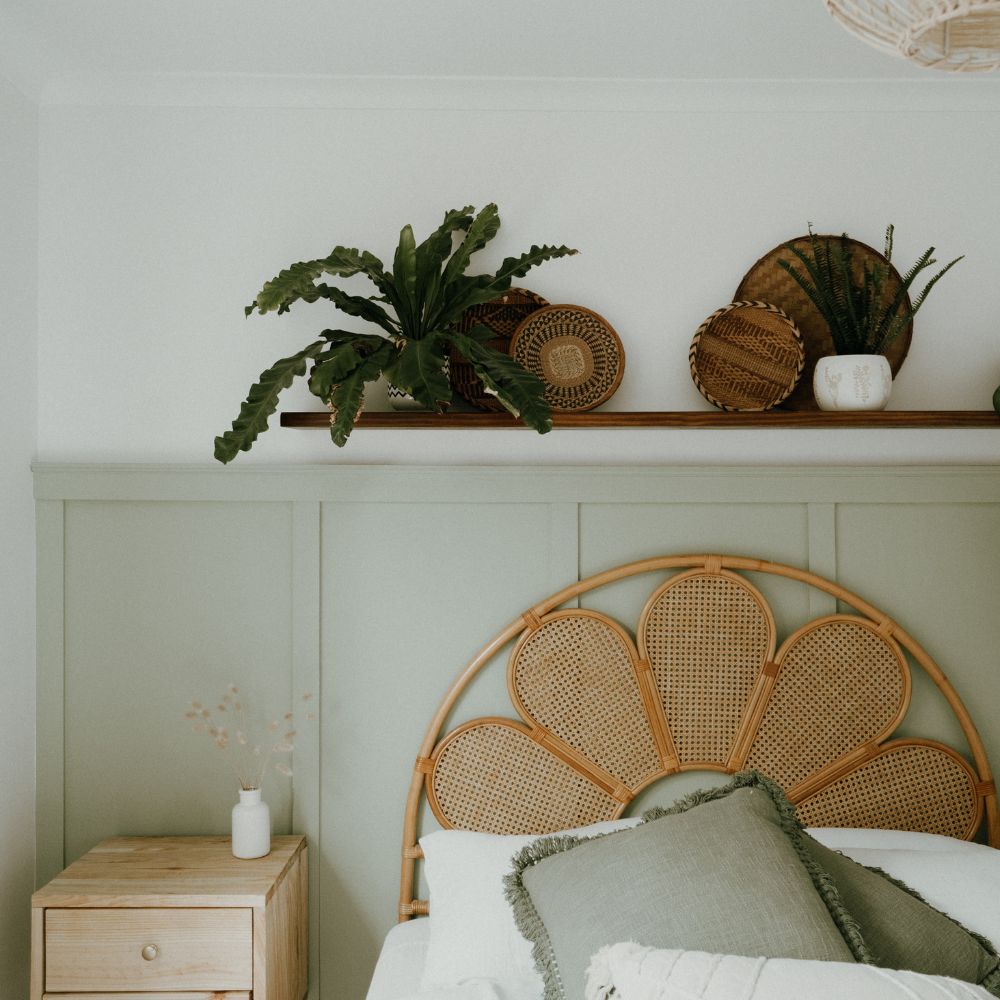Decorative undercoat is often overlooked in painting projects. In reality, it's a key element that determines the success and longevity of any painting job on your walls and ceilings. This preparatory layer, also called primer or tack coat, is applied before the finishing paint. The primer clearly plays a vital role in improving paint adhesion to your walls, protecting the surface, and achieving a uniform and aesthetically pleasing finish.
Identify the correct type of undercoat to apply
Selecting the right primer should not be underestimated. Indeed, as we have explained in another guide, choosing the right primer involves understanding not only the nature of the surface to be painted and the substrate (whether wood, metal or plaster in the case of walls and ceilings, for example) but also the exposure conditions of this surface (wet or dry areas, etc.). A well-chosen primer not only ensures better adhesion of the topcoat but also contributes to its durability, protecting the surface from the elements and masking imperfections.
Think about it before choosing your undercoat for your walls!
What is an undercoat?
“Undercoat” is a term commonly used in the painting industry, referring to a white preparatory layer applied to walls before the topcoat is added. Its role is essential: it prepares the surface, ensuring better paint adhesion and contributing to a more uniform and durable finish. The undercoat acts as a bridge between the raw surface and the paint, thus optimizing the final appearance and longevity of the work.
The composition of primers varies depending on their specific use, but they generally contain several key components. Binders, which are often synthetic or natural resins, play a crucial role in improving the paint's adhesion to the surface. Pigments, although less present than in topcoat paint, help mask imperfections and even out the surface color, especially on previously painted walls.
As you can see, the primer is much more than just a coat of paint. Its specially designed composition allows for optimal surface treatment and preparation, ensuring a successful and long-lasting application of the topcoat.
To learn more, check out our article on what an underlay is
A use very different from that of painting
Although primer and topcoat are often combined when painting, each plays a specific role in achieving a successful painting project.
The primer is designed to prepare your walls. It creates a uniform base that hides imperfections, improves substrate adhesion, and increases the durability of the topcoat. Its main purpose is to ensure that the paint adheres properly and evenly to the surface, while also contributing to the longevity of the coating. On the other hand, the topcoat paint is what provides the final color and aesthetic appearance. It is applied over the primer and is available in a wide range of colors and finishes.
The primer plays a key role in paint durability. By improving adhesion, it helps prevent the topcoat from peeling, cracking, and blistering. Additionally, some primers are formulated to provide additional protection against specific problems like stains, moisture, or mold, which can be particularly useful in humid areas like kitchens or bathrooms.
To best support you, it's essential to differentiate between primer and topcoat. Primer serves as a preparatory primer, while topcoat adds an aesthetic and colorful touch. The careful combination of the two not only ensures an attractive visual appearance but also guarantees increased durability and strength of the coating.
Surface preparation is as important as applying the undercoat
Make sure the surface to be painted is clean, dry and free from dust or grease before applying the undercoat!
A well-prepared surface allows for better adhesion of the undercoat.
When applying, use appropriate tools such as quality brushes or microfiber rollers for even coverage. Apply the primer in thin, even layers, avoiding over-coating, which can cause drips or uneven drying.








